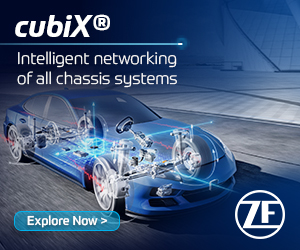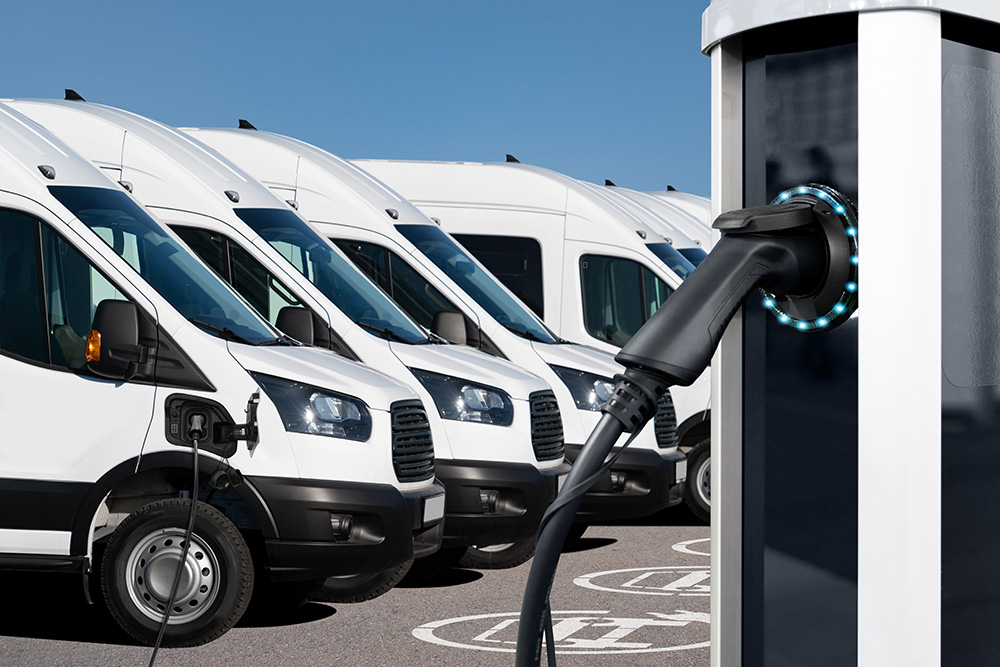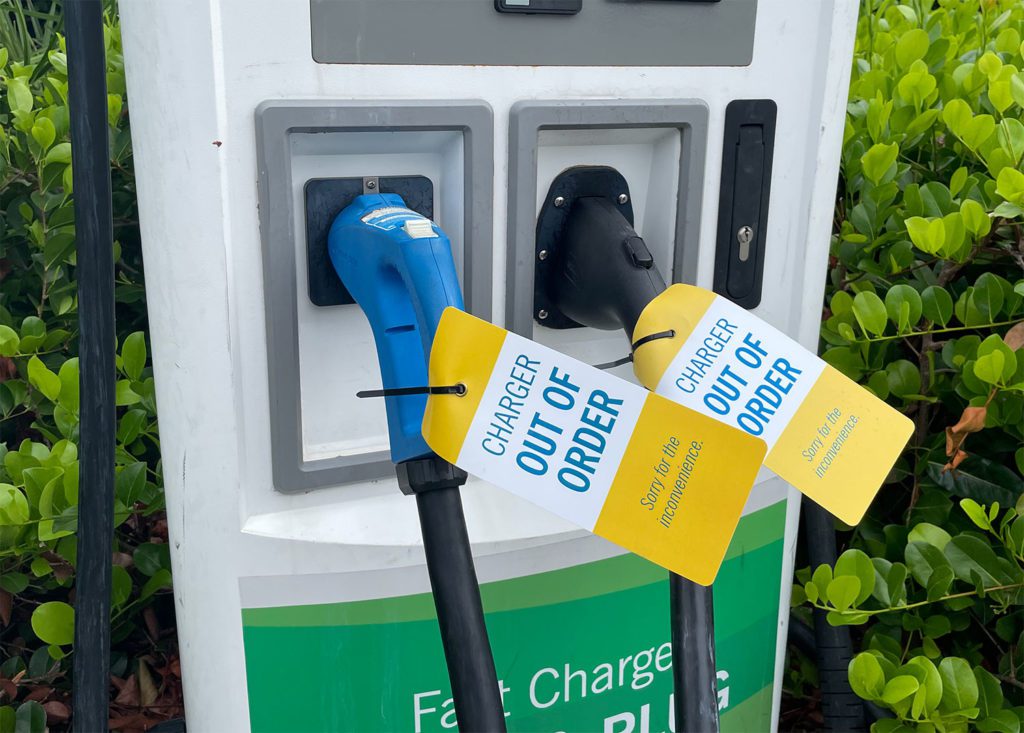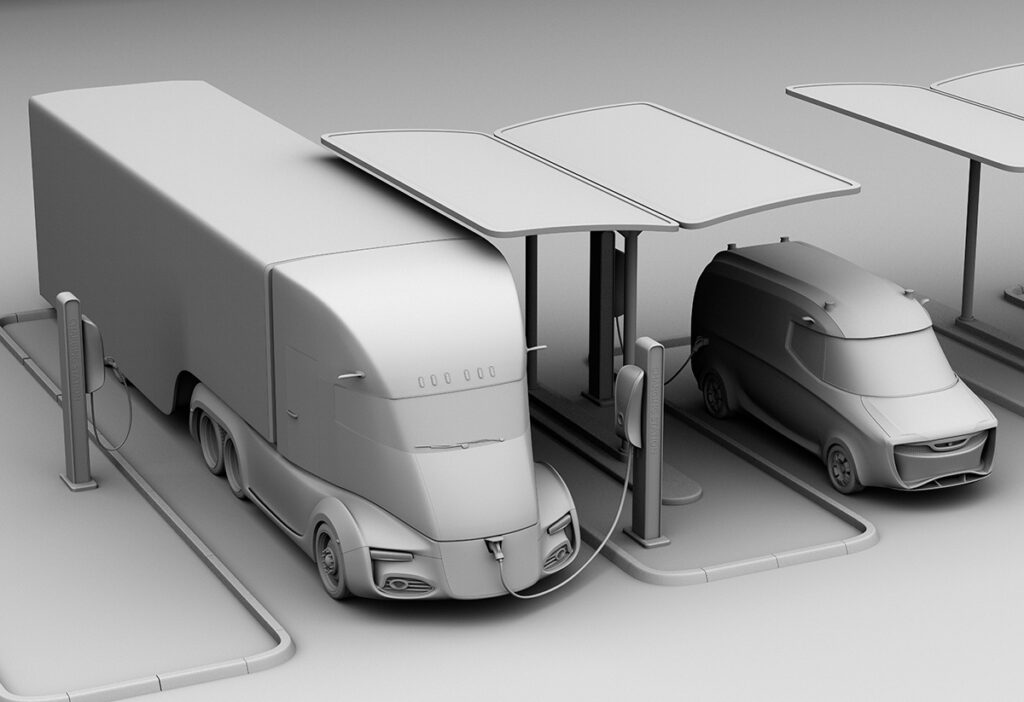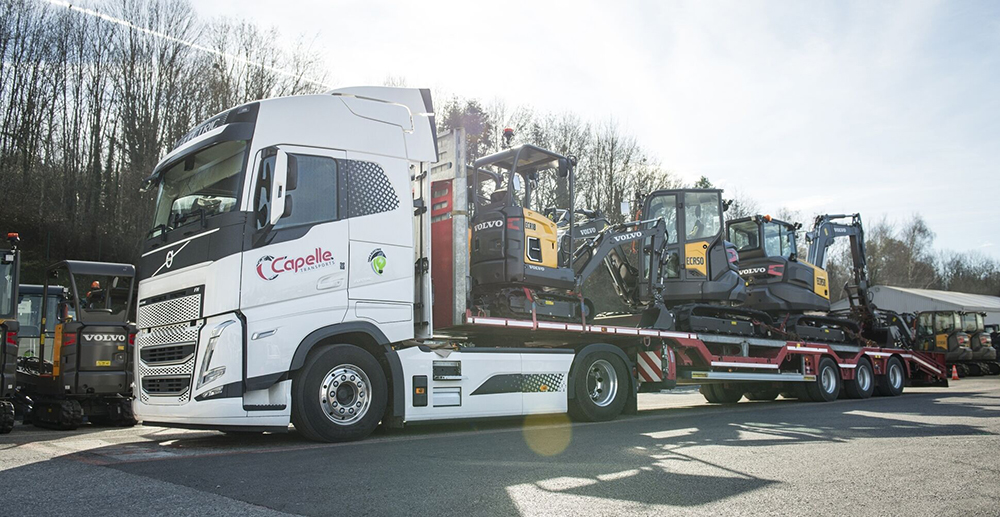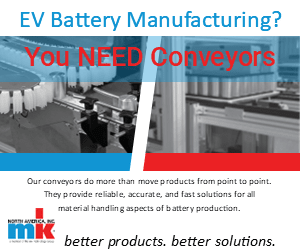Sponsored by Starline Track Busway
Automakers have taken bold steps forward in the development of rapid and robust electric vehicle offerings. Those efforts have not gone unnoticed. The combination of more competitively priced electric car models and improvements in battery technology have provided peace of mind for consumers looking to travel 200 miles on a single charge.
Likewise, the commercial transportation segment is embracing the switch to green vehicles. Public and private transportation entities are overhauling their commercial fleets from combustion to alternative fuel engines. Amazon and UPS have committed to deploying electric vehicles in replacement of their current fleet as soon as 2022. In the United States alone, it is estimated that approximately 34 million commercial vehicles will be converted or replaced by alternative fuel engines before 2025.
Despite significant strides in the right direction, most automakers seem to agree that the industry faces two major issues impeding the adoption of electric vehicles: the need for more government incentives and the installation of a network of electric vehicle supply equipment (EVSE).
Challenges
Although EVSE costs are trending downward, transportation entities are facing additional challenges in construction of EVSE network infrastructure. In highly populated cities, for instance, commercial fleet entities lack adequate space to install EVSE pedestal ports. Most pedestal chargers have a very limited number of plugs that can be used simultaneously. Furthermore, being stationary makes them inflexible for any future changes or reconfigurations.
Flexible and Cost-Effective EVSE Solution
To address some of these constraints, users are considering alternative overhead systems to distribute power. Starline Track Busway has been a leader in flexible power distribution since electric vehicles were first introduced in the market. Starline offers an overhead busway system with a continuous open channel that allows instant access to electricity at any point along the busway. This solution provides commercial fleets with unmatched flexibility for power reconfiguration, allowing for a fast and reliable point of use power source, multiple electric charging cords, and maximum space savings.


Overhead busways ease the uncertainty of elevated EVSE installation costs. The industry recognizes that EVSE installation costs are highly variable. Starline Track Busway offers an innovative, yet simple, maintenance-free design that allows reconfiguration, repositioning and expansion. Busway systems also eliminate the costly and time-consuming installation of subterranean concrete pads, anchor bolts, and conduit from the circuit panel to the charging station.
Real time power monitoring, from load balancing to data management, is an integral aspect of the electric vehicle charging infrastructure. Starline’s Critical Power Monitor is uniquely configured to capture data granularity levels ranging from an entire feed down to each individual EVSE charger.


Future-Proofing
Electric Vehicles are here to stay. As EVSE networks continue to transform, costly and outdated technology will be increasingly phased out by more innovative solutions. Commercial and consumer demand calls for scalable, reconfigurable charging systems. This is required to maintain a competitive advantage in such a swiftly emerging market. Now more than ever, the global automotive sector appears to be led by forward-thinking companies and institutions. Equally innovative EVSE infrastructure will be needed for electric vehicles to reach their full potential.




